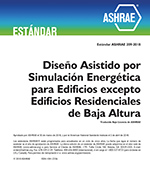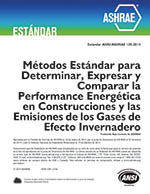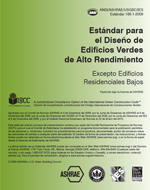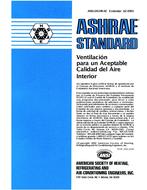Description
Natural thermal stratification in a high-ceiling one-story building tends to build up a layer of hot air under the roof. When there is no air motion in this layer, it acts like an insulating blanket which impedes the flow of heat down into the building in summer.
On a hot summer day, one can expect that such a layer will virtually eliminate convective heat transfer from the bottom of the ceiling to the space below. In this case radiation is the only means by which heat can come down. Assuming a steel deck roof and a concrete floor, the floor-to-ceiling effective radiation “U-factor” is about 0.25 Btu/hr/ft².
At night and in winter, when heat flows up through the roof, the stratified layer shrinks. Eventually, full convective heat transfer is restored and the overall floor-to~ceiling “U-factor” increases to something like 0.65 Btu/hr/ft²
With this varying blanket of stratified air the roof behaves like a non-linear thermal rectifier – heat flows out more easily than it flows in. The winter heating load can be computed in a conventional manner, by simply using the “U-value” for the roof itself. In the summer, however, the insulating blanket of stratified air builds up, and it becomes progressively more effective as the roof lighting and internal equipment loads increase.
When such sources force the blanket temperature to rise above the temperature of the roof, heat flows out of the building. The data will show that this can happen even when the outside temperature is above the temperature in the conditioned space. The summer-time stratification effect is important because it brings about a dramatic reduction in air conditioning load. The effect cannot be evaluated by conventional load analysis techniques, because those techniques require that all elements in the building be linear, so that superposition can be employed. With stratification, the roof becomes strongly non-linear, and superposition is no longer valid! The problem might be studied by scaling, but an analytic approach is used herein.
Citation: Symposium, ASHRAE Transactions, Volume 82, Part 1, Dallas, TX
Product Details
- Published:
- 1976
- Number of Pages:
- 16
- File Size:
- 1 file , 1000 KB
- Product Code(s):
- D-DA-76-08-2




